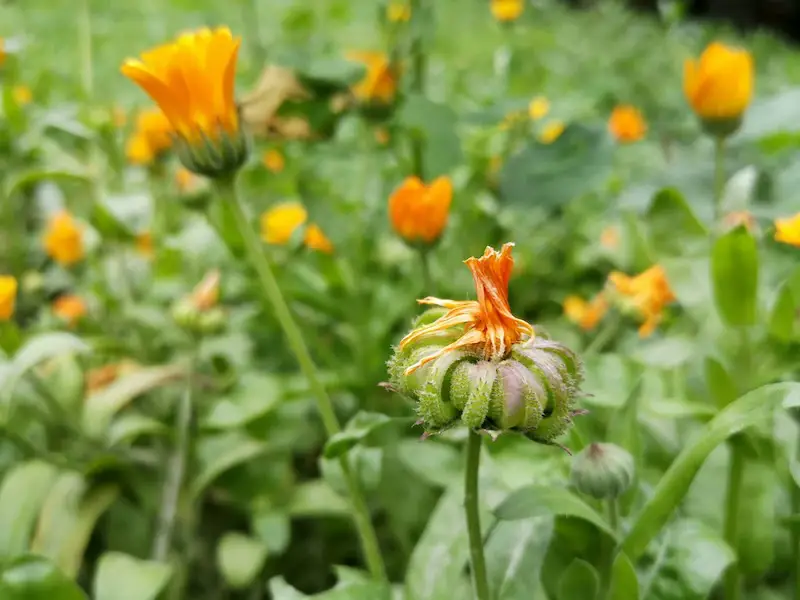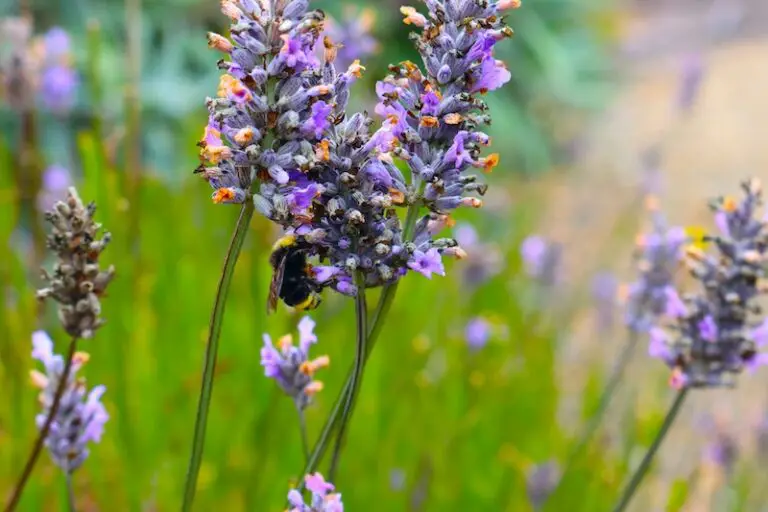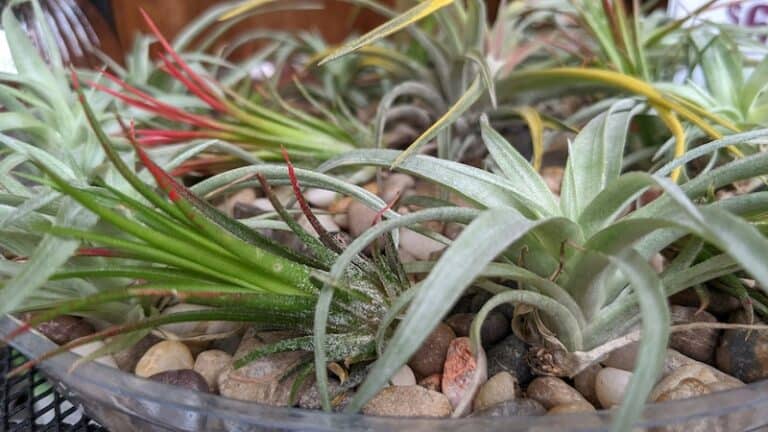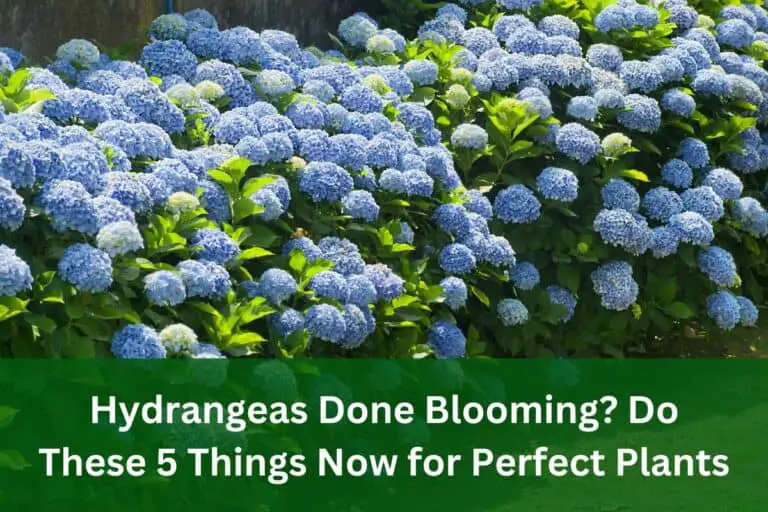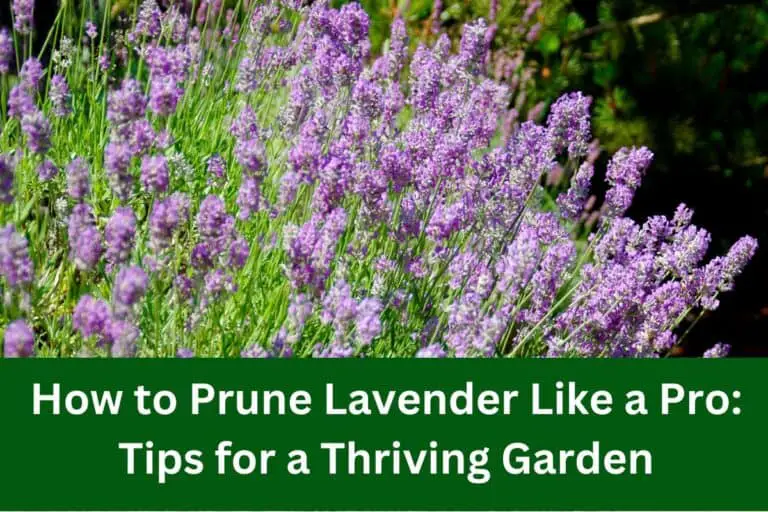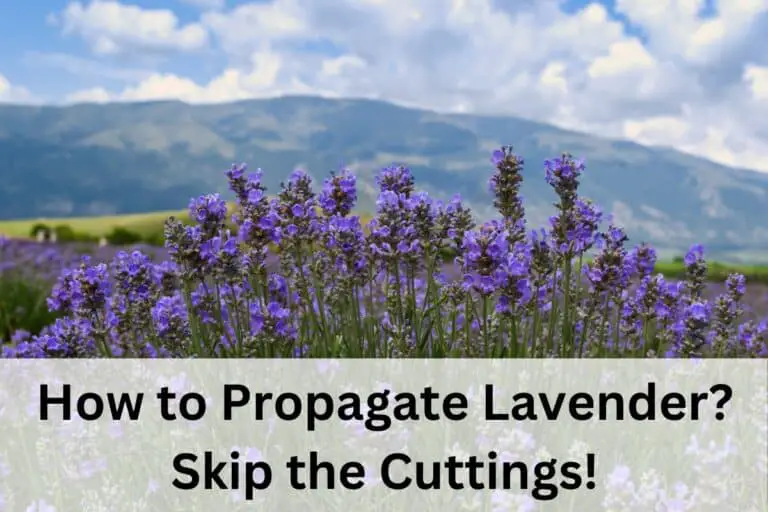18 Self-Seeding Plants You’ll Never Have to Replant Again
Gardening is a joy for many, but it can be time-consuming to constantly replant. Self-seeding plants offer a perfect solution. These plants drop their seeds at the end of the growing season, ensuring new plants come up the next year without any effort from you. Here are 18 self-seeding plants that will thrive year after year with minimal maintenance.
1. Calendula (Calendula officinalis)
Calendula, also known as pot marigold, is a bright and cheerful flower that can bring a splash of sunshine to your garden. Its petals are edible and can be used in salads or as a natural dye. Calendula thrives in well-drained soil and full sun. After blooming, it produces seeds that fall to the ground, germinating the following spring. Its ability to self-seed makes it an excellent choice for cottage gardens and wildflower meadows. Plus, it’s known for attracting beneficial insects like bees and ladybugs, contributing to a healthy garden ecosystem.
2. Nigella (Nigella damascena)
Nigella, commonly called love-in-a-mist, is a delicate, airy plant with fern-like foliage and charming blue, pink, or white flowers. The seed pods that form after flowering are equally attractive and can be used in dried flower arrangements. Nigella prefers full sun to partial shade and well-drained soil. Once established, it readily self-seeds, creating a naturalized look in the garden. Its seeds, known as black cumin or kalonji, are also used in cooking, adding a dual-purpose benefit to its ornamental value.
3. Poppies (Papaver spp.)
Poppies are known for their vibrant, papery flowers that sway in the breeze. From the iconic red poppies of Flanders Fields to the striking blue Himalayan poppies, these plants are a favorite among gardeners. Poppies thrive in full sun and well-drained soil. After blooming, they produce distinctive seed pods that release thousands of tiny seeds, ensuring a new generation of plants. Poppies are low-maintenance and add a wild, romantic touch to any garden. Their seeds can also be harvested for culinary use, particularly in baking.
4. Borage (Borago officinalis)
Borage is an herb with beautiful star-shaped blue flowers and hairy leaves. It’s not only a great companion plant, attracting pollinators and repelling pests, but also a culinary delight. Borage leaves have a cucumber-like flavor and can be added to salads or drinks. This hardy annual prefers full sun and well-drained soil. It self-seeds prolifically, ensuring that it returns year after year. Borage is also known for its medicinal properties, traditionally used to treat inflammation and improve adrenal function.
5. Cosmos (Cosmos bipinnatus)
Cosmos are beloved for their tall, feathery foliage and cheerful flowers in shades of pink, white, and purple. They are easy to grow, even for novice gardeners. Cosmos prefer full sun and can tolerate poor soil, making them quite versatile. After blooming, they produce seeds that readily fall to the ground, ensuring a new crop the following year. Their long blooming period and ability to attract pollinators make them a valuable addition to any garden. Additionally, they can be cut for fresh bouquets, bringing their beauty indoors.
6. Foxglove (Digitalis purpurea)
Foxgloves are striking biennials or short-lived perennials with tall spikes of tubular flowers in shades of purple, pink, and white. They thrive in partial shade and well-drained soil. Foxgloves are known for their dramatic presence and ability to attract hummingbirds. After flowering, they produce numerous seeds that scatter and germinate, leading to new plants each year. While beautiful, foxgloves are also toxic if ingested, so they should be planted with caution, especially in gardens accessible to children and pets.
7. Larkspur (Consolida ajacis)
Larkspur is a charming annual with tall spikes of blue, pink, or white flowers. It prefers full sun to partial shade and well-drained soil. Larkspur adds height and color to garden borders and is a favorite for cottage gardens. After blooming, it produces seed pods that release seeds, ensuring its return each year. Larkspur flowers can also be used in cut arrangements, and the plant’s delicate foliage adds a soft texture to garden compositions. As a bonus, it attracts pollinators, contributing to a vibrant garden ecosystem.
8. Forget-Me-Not (Myosotis sylvatica)
Forget-me-nots are known for their clusters of small, sky-blue flowers with yellow centers. These biennials prefer moist, well-drained soil and partial shade, making them perfect for woodland gardens. Forget-me-nots readily self-seed, creating charming carpets of blue in spring. They are easy to grow and require minimal maintenance, making them a favorite among gardeners. Their name and delicate appearance make them a symbol of remembrance and enduring love, adding sentimental value to their beauty.
9. Snapdragon (Antirrhinum majus)
Snapdragons are popular for their colorful, dragon-shaped flowers that delight both children and adults. They come in a wide range of colors and sizes, thriving in full sun to partial shade and well-drained soil. Snapdragons produce seed pods after blooming, which release seeds that germinate the following year. These flowers attract pollinators and can be used in cut flower arrangements. Their ability to self-seed and their vibrant colors make them a staple in many gardens, providing continuous joy throughout the growing season.
10. Dill (Anethum graveolens)
Dill is a versatile herb known for its feathery foliage and aromatic seeds. It thrives in full sun and well-drained soil. Dill is a favorite in herb gardens for its culinary uses, adding flavor to dishes like pickles, soups, and fish. After flowering, dill produces seeds that fall to the ground and germinate the next season. Its ability to self-seed ensures a constant supply of fresh dill for your kitchen. Additionally, dill attracts beneficial insects such as ladybugs and predatory wasps, which help control garden pests.
11. Lettuce (Lactuca sativa)
Lettuce is a staple in vegetable gardens, providing fresh, crisp leaves for salads and sandwiches. While typically grown as an annual, some varieties of lettuce can self-seed if allowed to bolt and go to seed. Lettuce prefers cool weather and well-drained soil with plenty of organic matter. After producing seeds, these can fall to the ground and germinate in the next growing season, providing a new crop without replanting. Growing lettuce that self-seeds can ensure a continuous supply of fresh greens throughout the year.
12. Cilantro (Coriandrum sativum)
Cilantro is an herb known for its bright, citrusy flavor, commonly used in cuisines worldwide. It prefers full sun and well-drained soil. Cilantro can be somewhat tricky to grow as it bolts quickly in hot weather, but this characteristic also allows it to self-seed readily. After flowering, cilantro produces seeds known as coriander, which fall to the ground and germinate. This ensures a steady supply of cilantro throughout the growing season. Both the leaves (cilantro) and seeds (coriander) are useful in cooking, making this plant doubly valuable in the garden.
13. Parsley (Petroselinum crispum)
Parsley is a versatile biennial herb used in many culinary dishes. It prefers full sun to partial shade and well-drained soil. In its second year, parsley produces flower heads that turn into seeds. These seeds can fall to the ground and germinate, providing a new crop of parsley. Parsley is not only a culinary herb but also a beneficial plant in the garden, attracting beneficial insects and serving as a host plant for swallowtail butterfly larvae. Its ability to self-seed ensures that you’ll have a continuous supply of fresh parsley.
14. Sweet Alyssum (Lobularia maritima)
Sweet alyssum is a charming annual known for its clusters of tiny, sweet-scented flowers in white, pink, or purple. It thrives in full sun to partial shade and well-drained soil. Sweet alyssum is often used as a ground cover or edging plant due to its low-growing habit. After blooming, it produces seeds that fall to the ground and germinate, ensuring a new crop the following year. This plant attracts beneficial insects and adds a delightful fragrance to the garden. Its self-seeding nature makes it an easy and rewarding addition to any garden.
15. Marigold (Tagetes spp.)
Marigolds are vibrant, hardy annuals known for their bright orange, yellow, and red flowers. They prefer full sun and well-drained soil. Marigolds are excellent for deterring pests and attracting pollinators, making them a valuable companion plant in vegetable gardens. After blooming, marigolds produce seeds that fall to the ground and germinate the next season. Their ability to self-seed, combined with their pest-repellent properties, makes marigolds a practical and beautiful addition to any garden. They are also known for their use in traditional medicine and as a natural dye.
16. Feverfew (Tanacetum parthenium)
Feverfew is a perennial herb with small, daisy-like flowers and aromatic leaves. It prefers full sun and well-drained soil. Feverfew is known for its medicinal properties, particularly in treating migraines and inflammation. After flowering, it produces seeds that fall to the ground and germinate,
ensuring new plants each year. This herb is easy to grow and can be used in herbal remedies or as an attractive garden flower. Its ability to self-seed makes it a low-maintenance addition to herb gardens and flower borders.
17. Verbena (Verbena spp.)
Verbena is a versatile perennial with clusters of small, colorful flowers that bloom from spring to fall. It prefers full sun and well-drained soil. Verbena is known for attracting butterflies and other pollinators, making it a valuable addition to wildlife gardens. After flowering, it produces seeds that readily fall to the ground and germinate, ensuring a continuous display of color. Verbena is drought-tolerant and low-maintenance, making it an excellent choice for garden beds, borders, and containers. Its long blooming period and self-seeding nature add to its appeal.
18. Cleome (Cleome hassleriana)
Cleome, also known as spider flower, is an annual with striking, spiky flowers in shades of pink, purple, and white. It prefers full sun and well-drained soil. Cleome adds a dramatic touch to garden borders and can grow quite tall, providing vertical interest. After blooming, it produces seed pods that release seeds, ensuring a new crop the following year. Cleome is easy to grow and attracts pollinators such as bees and butterflies. Its ability to self-seed, combined with its unique appearance, makes it a standout in any garden.
Conclusion
Self-seeding plants are a boon for gardeners looking to save time and effort. By incorporating these 18 self-seeding plants into your garden, you can enjoy continuous blooms, fresh herbs, and vibrant colors year after year without the need for replanting. These plants not only add beauty and variety to your garden but also support local wildlife and contribute to a sustainable gardening practice. Whether you’re a novice gardener or an experienced horticulturist, self-seeding plants offer a low-maintenance and rewarding gardening experience.

